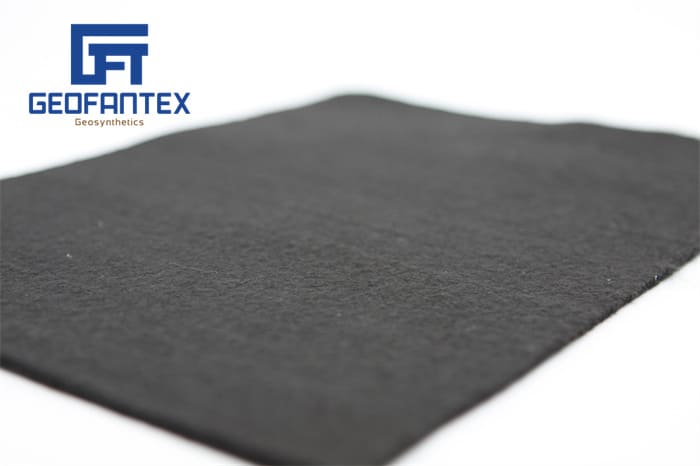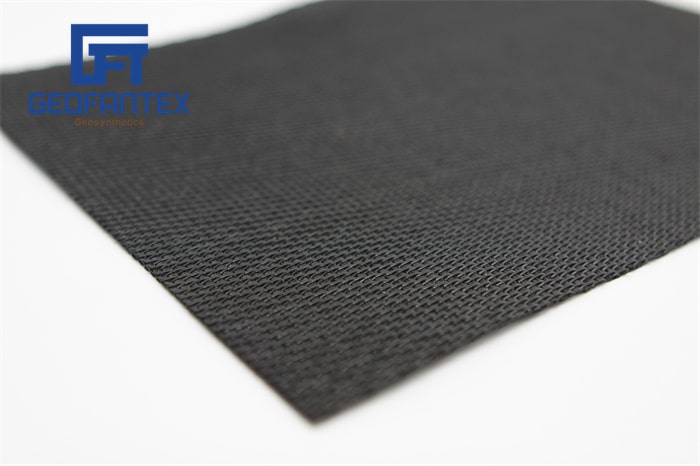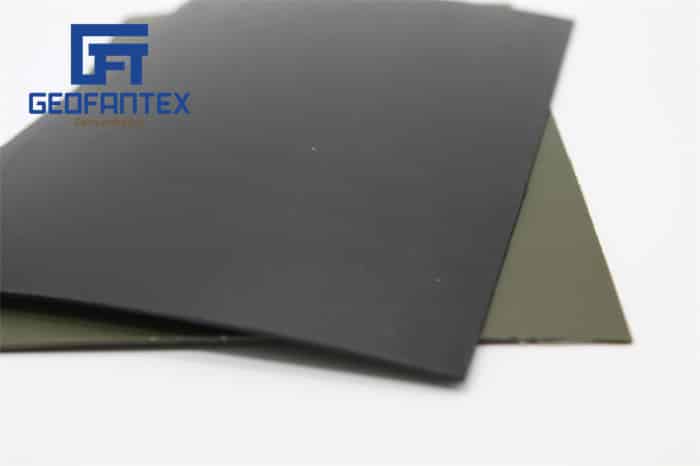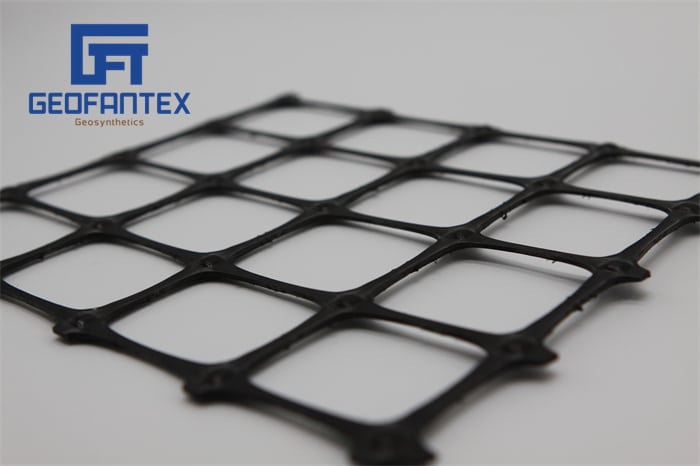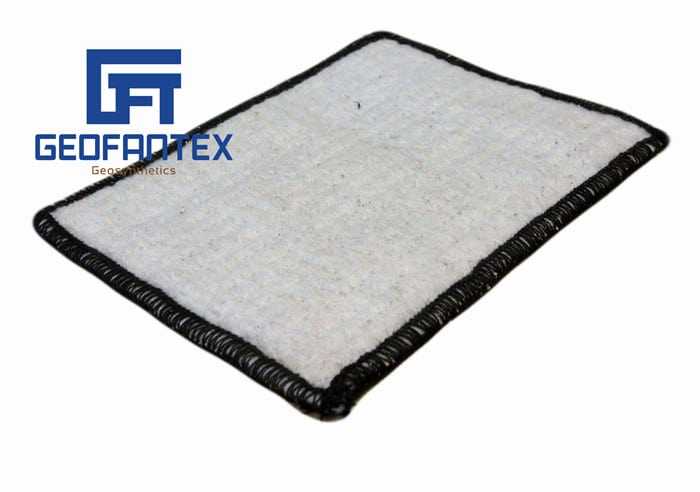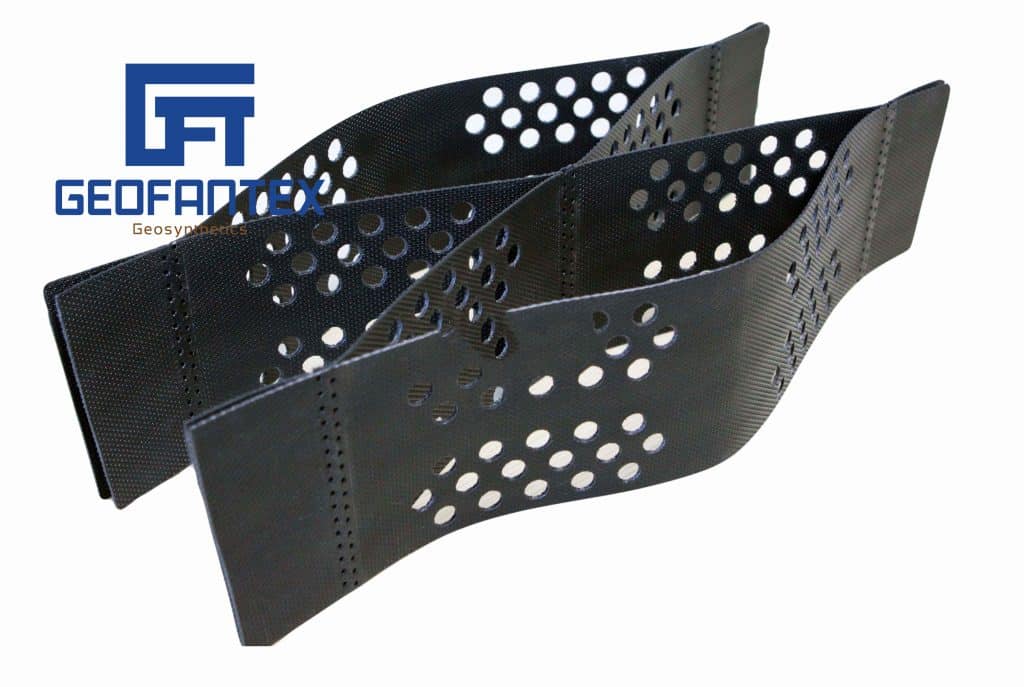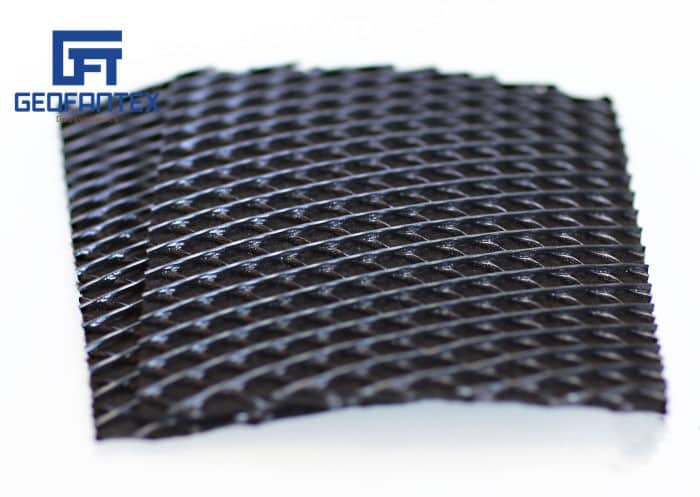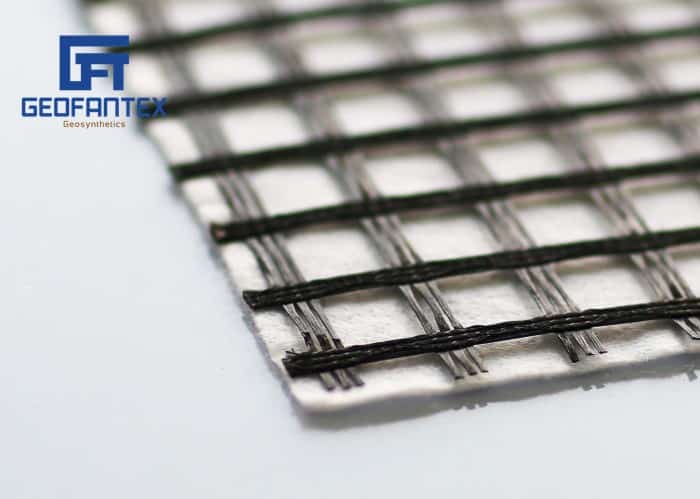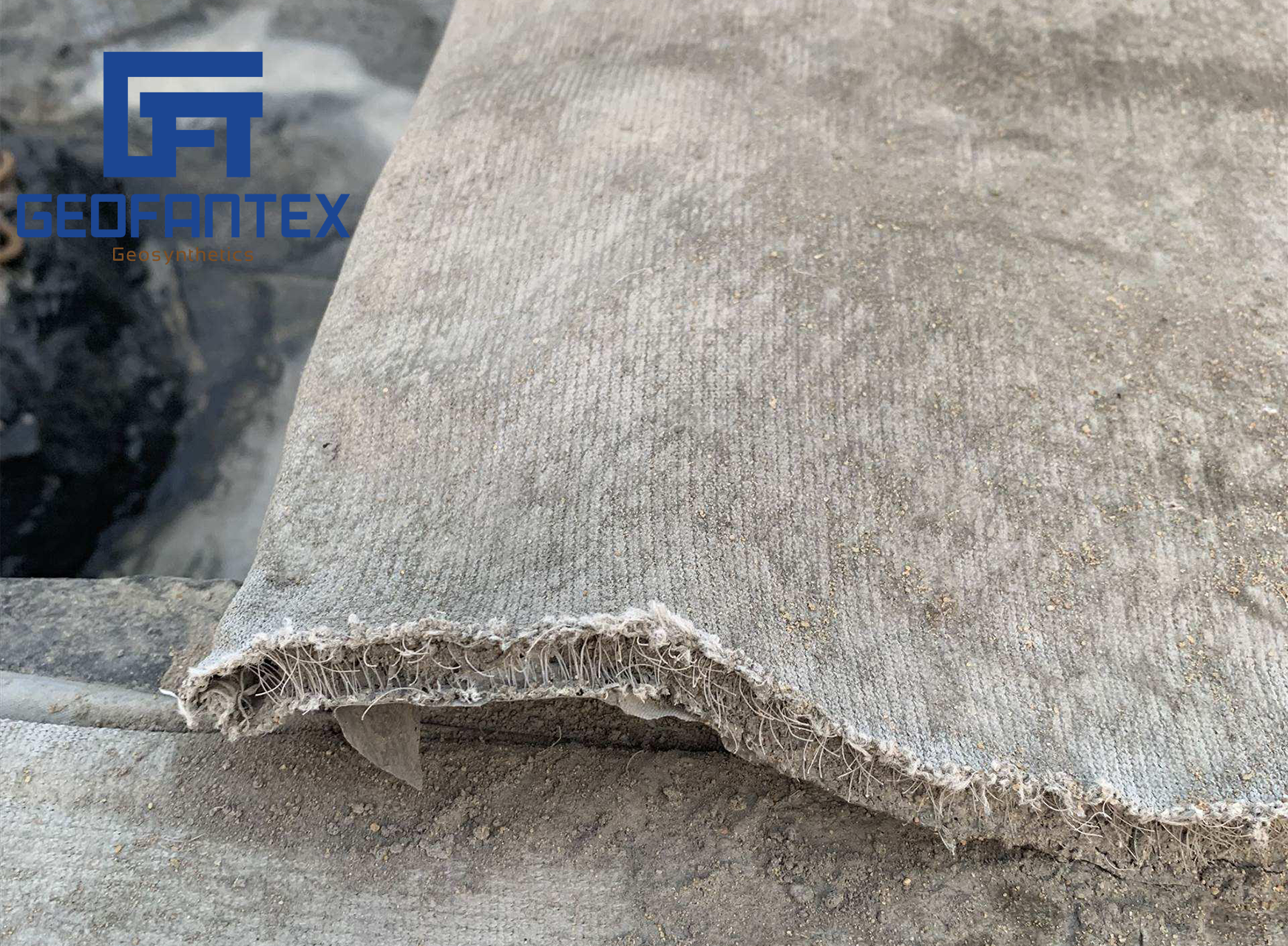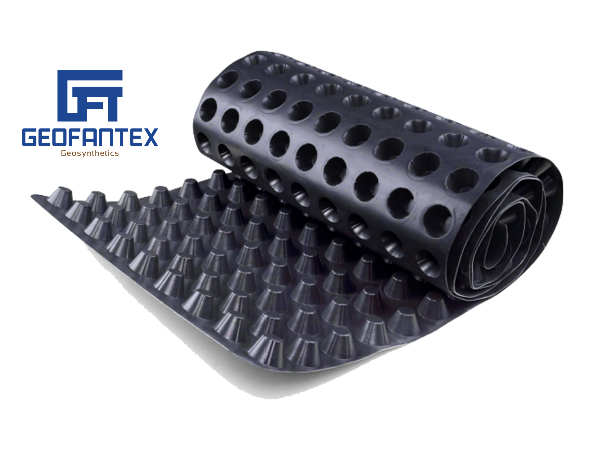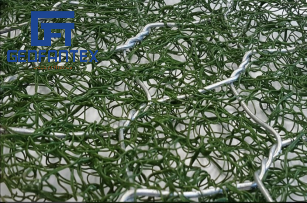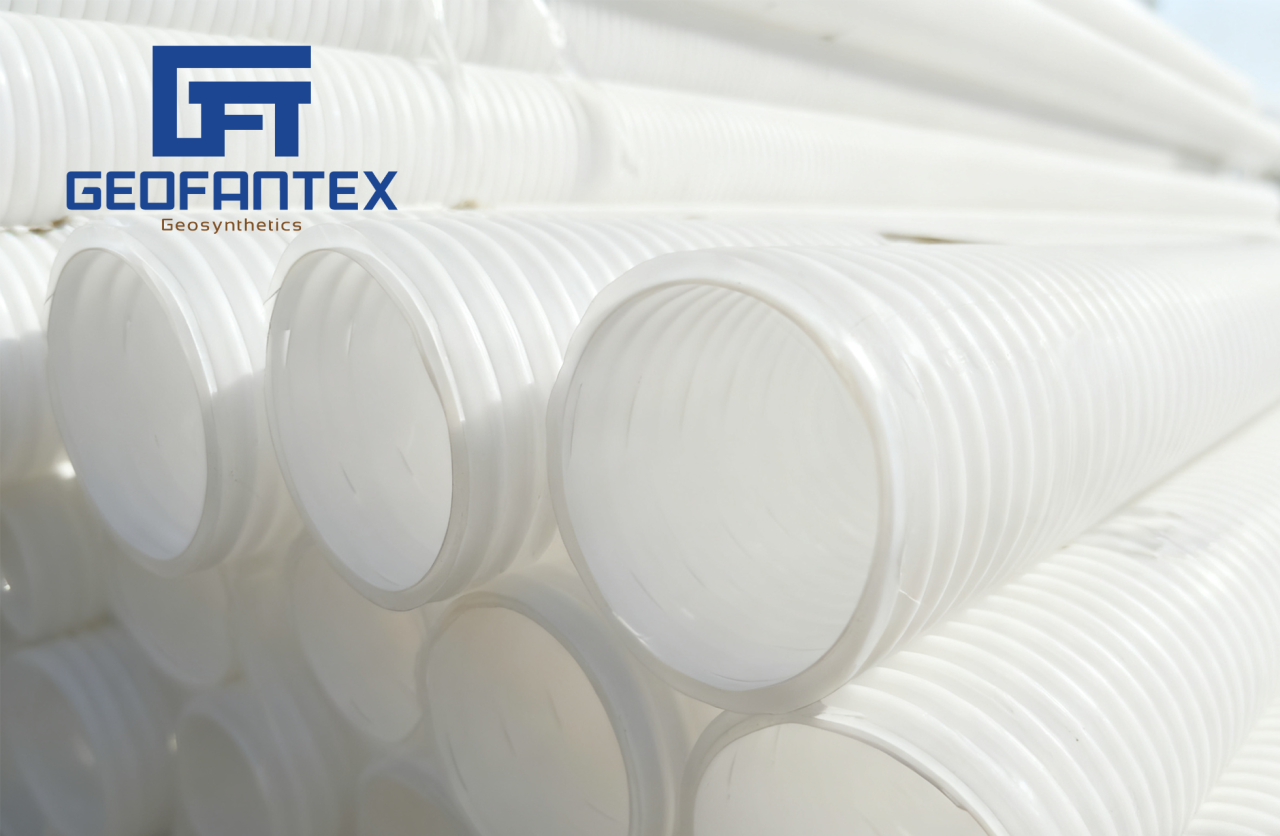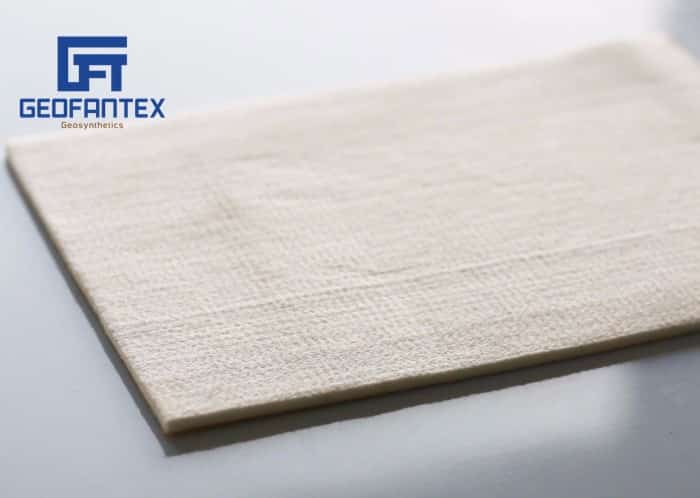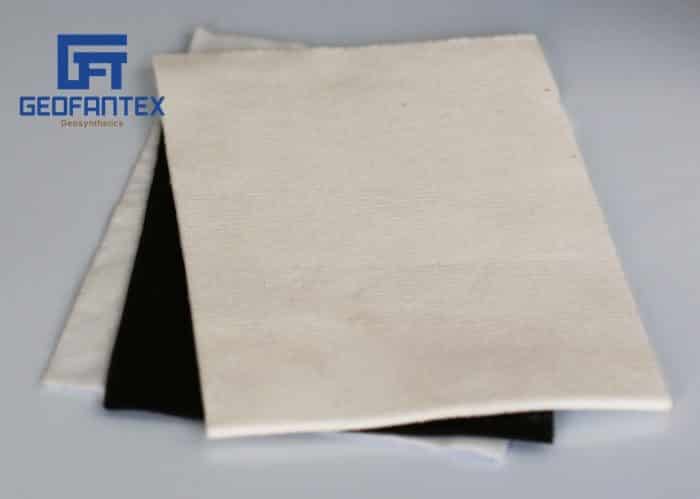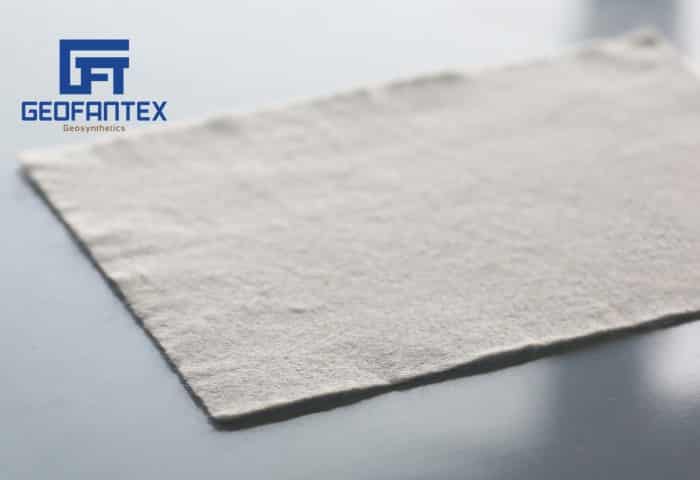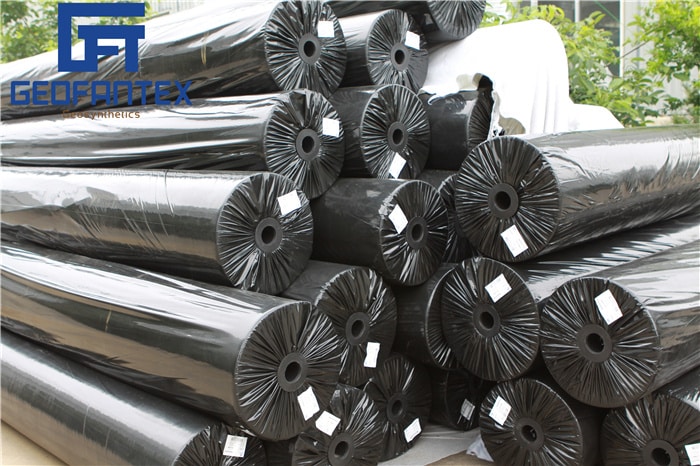+86-159 9860 6917
info@geofantex.com
geofantex@gmail.com
+86-400-8266163-44899
Geosynthetic reinforced retaining walls have revolutionized modern engineering practices by enhancing the stability and longevity of structures designed to retain soil. This article explores the fundamentals of geosynthetic reinforcement in retaining walls, as well as its types, applications, and benefits.
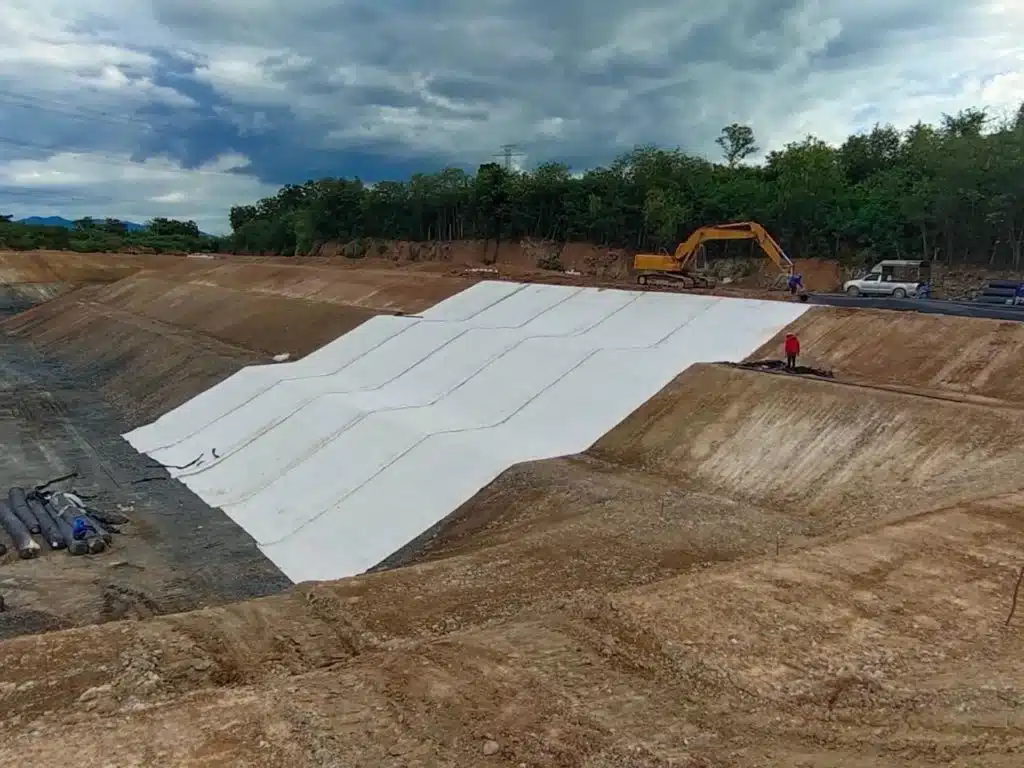
What is geosynthetic reinforcement for retaining walls?
Geosynthetic reinforcement for retaining walls involves using synthetic materials—usually geotextiles, geogrids, or geomembranes—to provide additional strength, stability, and support to retaining wall structures. These materials are integrated into the wall design to help distribute loads more effectively, resist deformation, and prevent soil failure.
Here’s a breakdown of how geosynthetics are used:
- Geogrids: These are mesh-like materials that are laid out within the soil behind a retaining wall to reinforce the soil mass. They provide tensile strength, helping the soil to resist lateral pressures and prevent sliding or tipping of the wall.
- Geotextiles: These are fabric-like materials that can filter, separate, or reinforce soil. When used in retaining walls, geotextiles can help prevent the mixing of different soil layers, enhance drainage, and improve overall soil stability.
- Geomembranes: These are impermeable layers used to prevent water movement or erosion behind a retaining wall. They can be used in conjunction with other materials to improve wall performance under wet conditions.
The overall benefit of using geosynthetics in retaining walls is to reduce the wall’s size and material cost while improving performance and durability. Geosynthetics help prevent wall failure caused by excessive loads, poor drainage, or soil instability, leading to longer-lasting, more cost-effective retaining structures.
Have you worked with geosynthetics before, or is this a new concept for you?
What are the three types of retaining walls?
Retaining walls are classified into three main types based on their construction method and shape:
- Gravity Retaining Walls: These rely on their own weight to resist pressure from retained soil. They are suitable for stabilizing large masses of soil and are commonly used in landscaping and civil engineering projects.
- Cantilever Retaining Walls: These have a thin stem and a base slab, with the stem typically embedded into the ground. Cantilever walls are effective for moderate to high retaining heights and are often reinforced with steel bars for added strength.
- Anchored Retaining Walls: These use cables or tendons anchored in the soil or rock behind the wall to provide additional lateral support. Anchored walls are versatile and can be used in challenging terrain where high loads or tight spaces are a concern. Engineers also utilize sheet pile retaining walls, which use interlocking steel or vinyl sections to create a continuous wall, and “reinforced soil” or “geosynthetic reinforced” wall systems, which incorporate layers of geosynthetic materials to enhance stability and durability.
What is the use of geosynthetics as reinforcement?
Geosynthetics serve multiple purposes in reinforced retaining walls:
- They enhance soil stability by providing tensile strength.
- They reduce settlement and increase the overall stability of the structure.
- They allow for steeper slopes and thinner cross-sections, optimizing land use.
- They minimize construction time and costs compared to traditional methods. Engineers also integrate geosynthetic materials into wall systems to provide additional stability in the construction of embankments on soft soil.
What are the functions of geosynthetic materials?
Geosynthetics play a crucial role in retaining wall construction by fulfilling several key functions. They prevent the mixing of dissimilar materials through separation, ensuring the structural integrity of the wall remains intact. Additionally, they facilitate filtration by allowing water to pass through while effectively preventing the migration of soil particles. Moreover, geosynthetics reinforce the soil, enhancing its load-bearing capacity and overall stability. Furthermore, they contribute significantly to drainage, efficiently directing water flow to mitigate the buildup of hydrostatic pressure behind the wall.
Geosynthetic reinforced retaining walls represent a modern approach to engineering, offering enhanced durability, efficiency, and cost-effectiveness compared to traditional methods. By understanding their role and applications, engineers can optimize designs to meet both functional and aesthetic requirements in civil infrastructure projects.
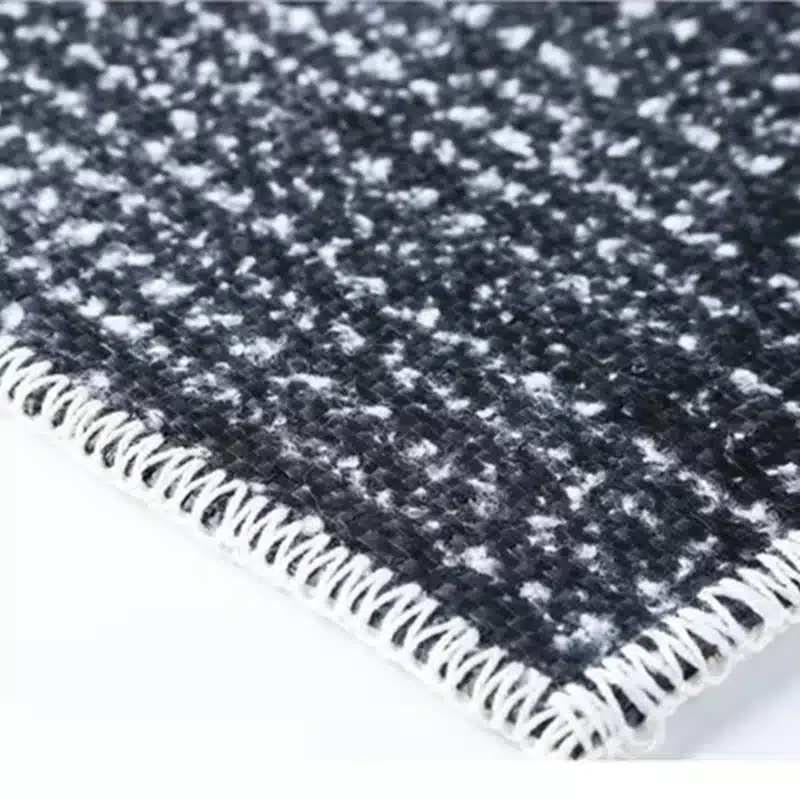
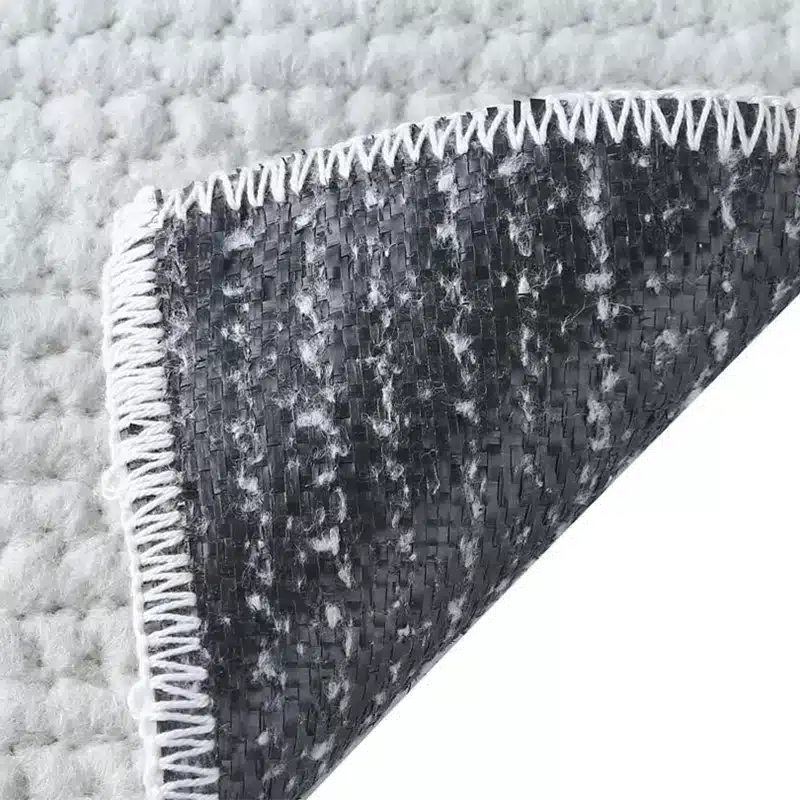
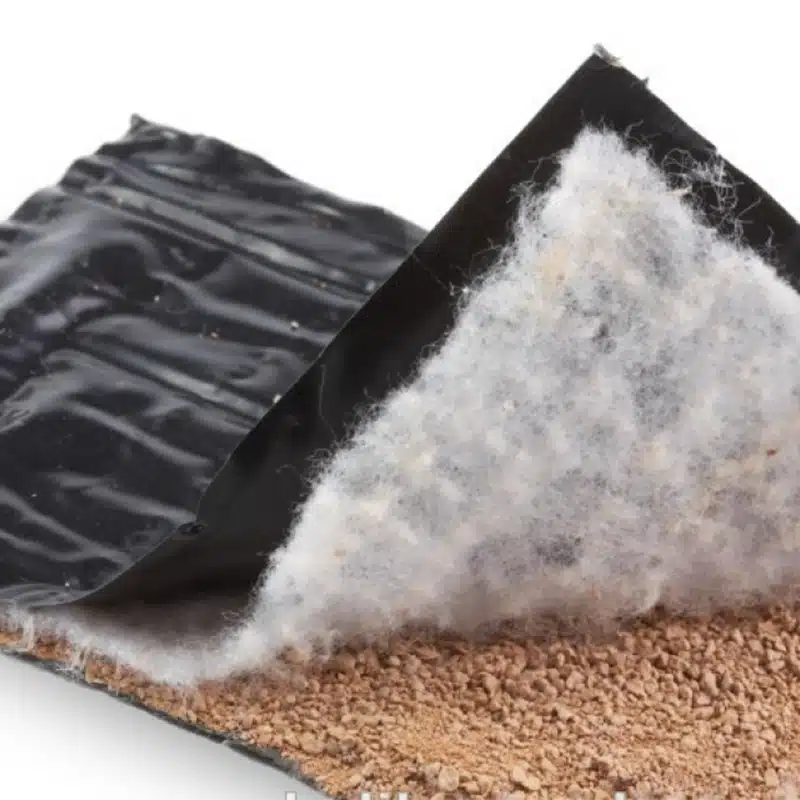
Get Free Sample
We’ll respond as soon as possible(within 12 hours)

